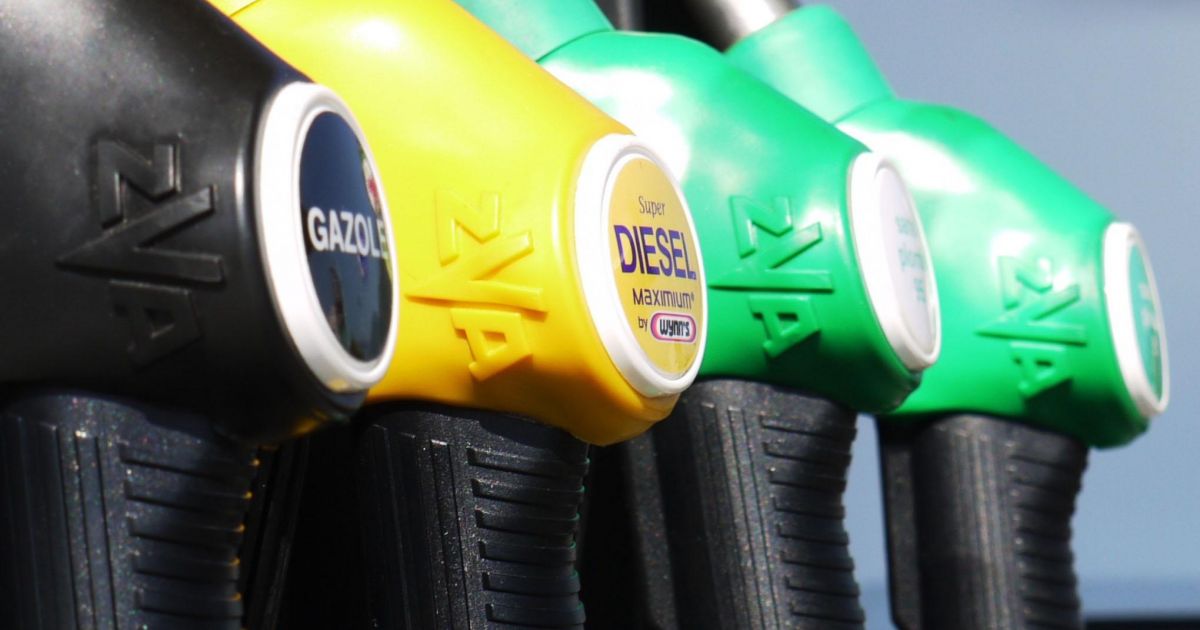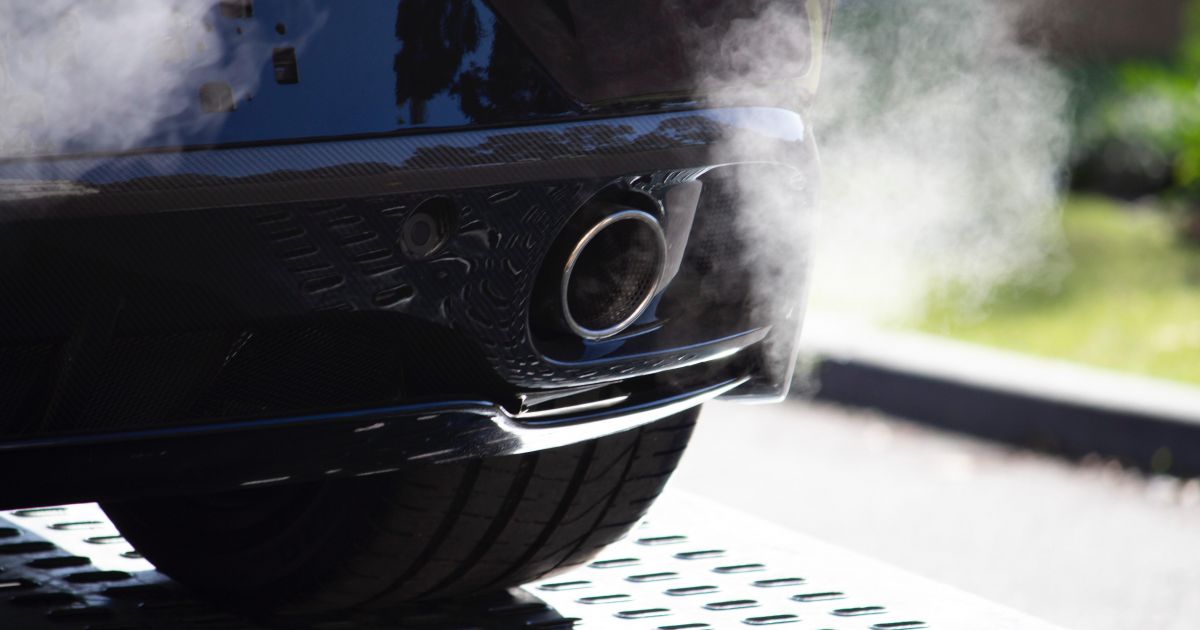The European Union is about to approve changes to its CO2 emissions compliance rules for car manufacturers, which could save them billions of euros in fines.
At the end of last week, the European Parliament approved a change that permits manufacturers to meet their CO2 targets in 2025, 2026 and 2027 by averaging their emissions over those three years.
As before, manufacturers can pool their emissions together with other carmakers, which allows non-compliant manufacturers to combine their emissions figures with a competitor, usually after an exchange of cash.
Hundreds of new car deals are available through CarExpert right now. Get the experts on your side and score a great deal. Browse now.
Carmakers have been lobbying hard to have the EU’s emissions targets, or at least their enforcement, relaxed, claiming they were on the hook for up to €16 billion ($28 billion) in fines. Money, they said, they couldn’t afford to lose given strong competition from Chinese and American EV manufacturers.
Currently companies with fleet-wide average emissions over the EU’s target are liable to pay up to €95 ($165) per gram over on every vehicle sold.
European Commission president Ursula von der Leyen said the change would give automakers “breathing space” to meet their obligations. Critics counter the industry has had many years to adapt to the stricter targets.
Sigrid de Vries, director general of the European Automobile Manufacturers’ Association, said in a statement the change was a “step in the right direction that acknowledges the complexities and the ongoing difficulties of the automotive market, with slow market uptake and a lack of domestic value chain for batteries”.
The changes passed the European Parliament 458 to 101 with 14 abstentions. Now that the rule change has been approved by the European Parliament and European Commission, it awaits formal ratification by the European Council.
This revised rule represents another win for the carmakers’ lobbying group. Last year the EU passed watered down Euro 7 emissions regulations.
Due to come into force in 2030, Euro 7 includes new brake particle emissions limits, minimum performance requirements for battery durability in hybrid and electric cars, and tyre abrasion limits.
Crucially, though, instead of reducing nitrogen oxide (NOx) emissions by 35 per cent and tailpipe particulates by 13 per cent compared with Euro 6 as originally intended, the EU agreed to keep current restrictions in place for passenger cars and vans.
This came after intense lobbying from carmakers, some of whom argued tougher emissions rules would soak up time and resources they needed to meet the EU’s goal of banning the sale of new petrol- and diesel-powered cars by 2035.



